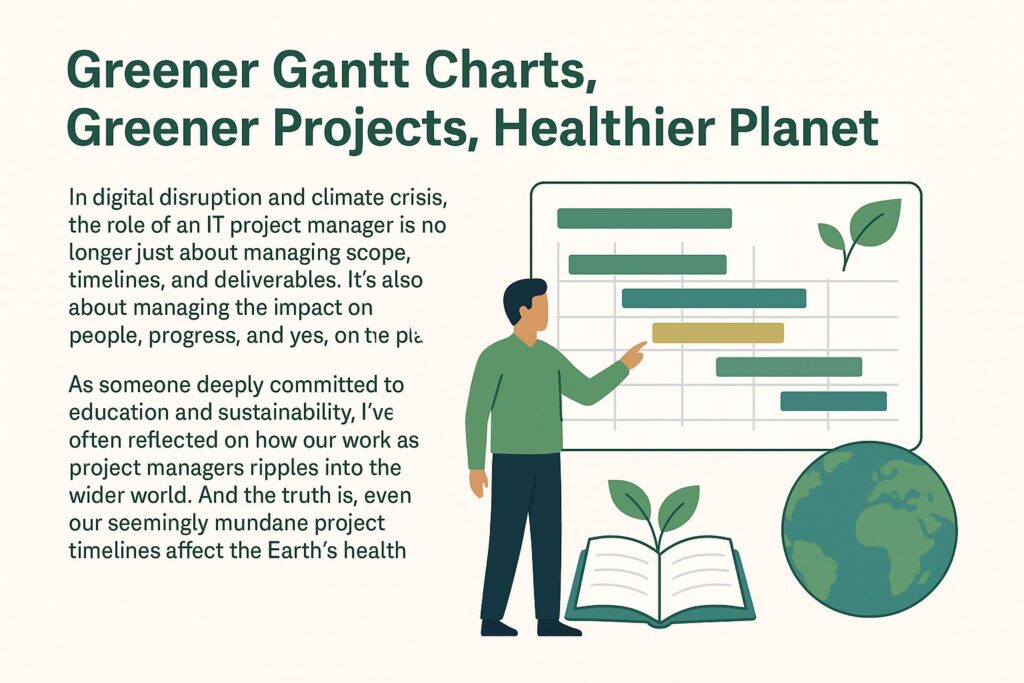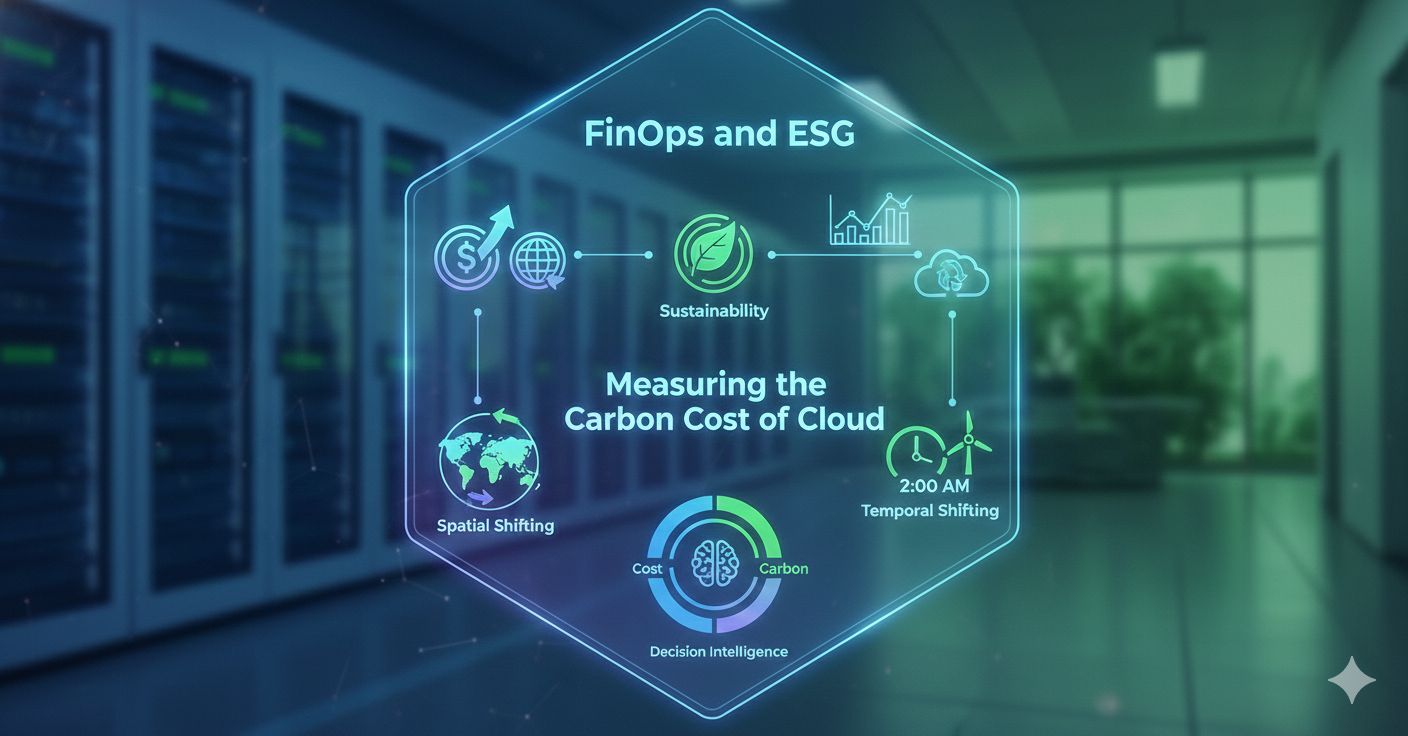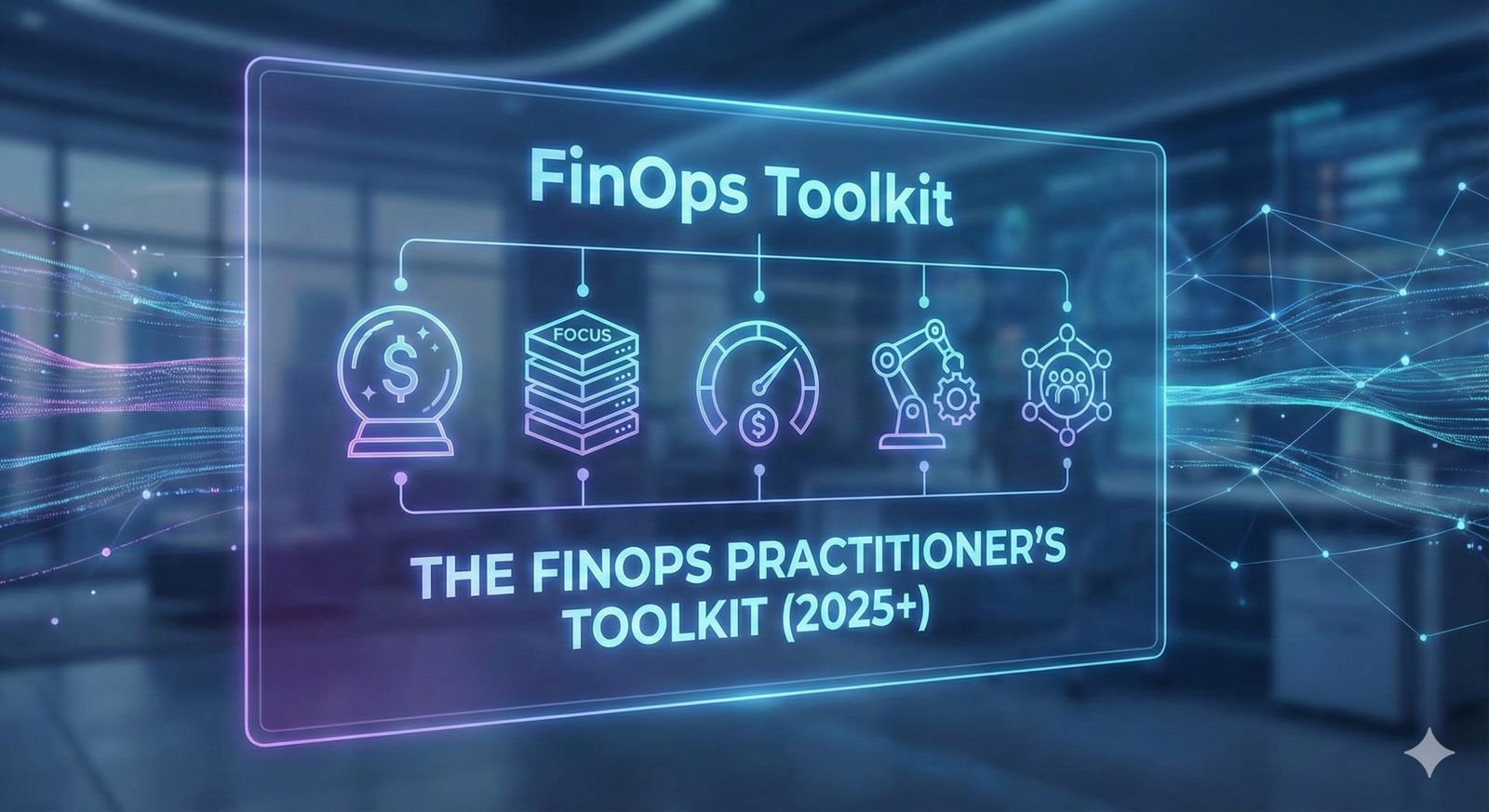Project managers hold more power than they think, not just to deliver outcomes, but to shape a sustainable future. Digital disruption and climate crisis, the role of an IT project manager is no longer just about managing scope, timelines, and deliverables. It’s also about managing the impact on people, progress, and yes, on the planet.
As someone deeply committed to education and sustainability, I’ve often reflected on how our work as project managers ripples into the wider world. And the truth is even our seemingly mundane project timelines affect the Earth’s health.
Let’s explore how
The Hidden Carbon Footprint of IT Projects
When we think of carbon emissions, we imagine smokestacks or deforestation—not stand-up meetings and sprint reviews. But the reality is:
- Prolonged screen time and server usage mean more electricity consumption.
- Extended project durations keep offices open longer, lights on, and HVAC systems running.
- Virtual meetings, emails, and cloud storage all have a real (though digital) carbon footprint.
- Travel for delayed or poorly managed projects adds unnecessary air miles and emissions.
- More documentation, revisions, and rework = more paper waste and digital processing.
All of these contribute albeit quietly to our carbon footprint
Whereas
On-Time Delivery = Lower Emissions
Project delays are not just budget busters they’re planet busters too. Delivering on time and efficiently helps:
- Reduce extended use of cloud resources, data centers, and infrastructure.
- Minimize rework and waste caused by poor planning or lack of clarity.
- Avoid additional travel, meetings, or unnecessary resource allocation.
In essence, a well-executed project is a green project.
How Project Managers Can Drive Sustainability
Here are practical ways IT project managers can become sustainability champions:
- Adopt Digital-First, Low-Waste Practices
Use digital whiteboards, collaboration tools, and limit printing.
Avoid “reply all” email chains unless necessary (yes, it saves data center energy too!).
- Use Energy-Efficient Platforms
Prefer green-certified cloud providers
Schedule maintenance windows wisely to reduce idle server loads.
- Encourage Remote Work Mindfully
Promote hybrid/remote work options to reduce commuting, without overloading digital infrastructure with unnecessary video calls.
- Plan for Lifecycle Efficiency
Use Agile principles to eliminate redundant work.
Emphasize MVPs (Minimum Viable Products) to prevent feature bloat and wasted dev time.
- Sustainability KPIs in PM Dashboards
Add “Energy Impact” or “Green Score” metrics to your project reviews.
Celebrate sustainable choices like choosing eco-friendly vendors or reducing travel.
Every Action Counts: Project Decisions That Matter
Next time you:
- Schedule a sprint
- Approve hardware purchases
- Decide between on-prem or cloud
- Organise an off-site meeting
Pause. Reflect. Ask: What’s the environmental cost of this choice?
Being a conscious project manager doesn’t require overhauling your workflow, it begins with small, mindful decisions. Because when we sow thoughtful choices, we reap a healthier planet.
Final Thoughts
Project management is a leadership discipline and leadership, at its core, is about stewardship.
Let’s not just deliver on KPIs and stakeholder expectations. Let’s deliver on time, on purpose, and in service for a greener future.
Efficiency isn’t just good business—it’s good for the planet.
Let’s make those Gantt charts greener, one milestone at a time.
What’s one habit you’ll change in your project routine to reduce your digital footprint? Let me know in the comments or share your ideas




